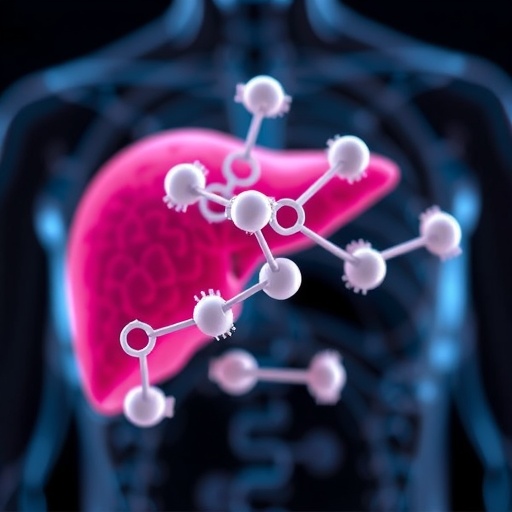Dietary fiber found to protect against COPD
Dietary fibre may be a new tool in the prevention of progressive lung disease, thanks to the production of anti-inflammatory short chain fatty acids (SCFA), according to a new study by Australia’s Priority Research Centre for Healthy Lungs at University of Newcastle, and the Centre for Inflammation, a partnership between The University of Technology Sydney and Centenary Institute.
The research was presented to lung health experts at the Australia and New Zealand Annual Scientific Meeting for Leaders in Lung Health & Respiratory Science (TSANZRS 2019 ).
“For several years now the Priority Research Centre for Healthy Lungs has been leading world research into the link between dietary fibre and healthy lungs. Our previous research has established how fibre supplements can be used to treat asthma. Now, our findings suggest fibre could be used to not just treat but also help prevent chronic obstructive pulmonary disease (COPD),” said lead researcher Professor Phil Hansbro, Director of the Centre for Inflammation.
COPD is an umbrella term for progressive lung conditions such as emphysema, chronic bronchitis and chronic asthma, affecting 1 in 7 Australians over the age of 40. COPD is characterised by difficulty breathing and causes include smoking, long-term exposure to air pollutants and a rare genetic disorder.
Whilst many people live with a mild form of COPD without even knowing it, for those with severe disease, it can severely impair quality of life. COPD is a leading cause of death in Australia and is the second leading cause of avoidable hospital admissions. It is the world’s third biggest killer disease. Existing treatments are only partially effective and some don’t work at all.
The NSW study exposed mice to cigarette smoke – one of the known causes of COPD – to trigger onset of the disease. At the same time, the diet of some mice was supplemented with fermentable fibre.
If found that cigarette smoke reduced the production of anti-inflammatory short chain fatty acids but that the resulting inflammation could be offset by a high fibre diet.
“We found that dietary fibre is able to reduce lung inflammation and damage, resulting in improved lung function,” explains Professor Hansbro. “For the first time, we have also connected these changes to the gastrointestinal microbiome and its production of protective metabolites.”
The findings, say researchers, could have important implications for people with or at risk of COPD and their health providers.
“Diet can be an important addition to current treatments to help sustain the quality of life in patients and potentially influence the development of COPD in those at risk. Public health bodies should consider targeting diet and fibre as an additional safe and inexpensive treatment for lung disease,” said Professor Hansbro.
The researchers point out that the consumption of dietary fibre by mice didn’t protect against every symptom of COPD and so should be used as a supplement to, not a replacement of, currently approved interventions.
The findings also pave the way for the development of new therapeutic treatments.
“The greater our understanding of the biochemistry involved in the breakdown of dietary fibre and its impact on lung health, the closer we get to developing new, effective treatments. By understanding the critical role short chain fatty acids pay in preventing lung damage, we can better develop treatments and dietary modifications that can induce them as potential new preventions and treatments for COPD,” said Professor Allan Glanville, President of the Thoracic Society of Australia and New Zealand (TSANZ).
In the meantime, the message is clear: if you want healthy lungs, eat your fibre.
###
Media Contact
Marea Martlew
[email protected]




